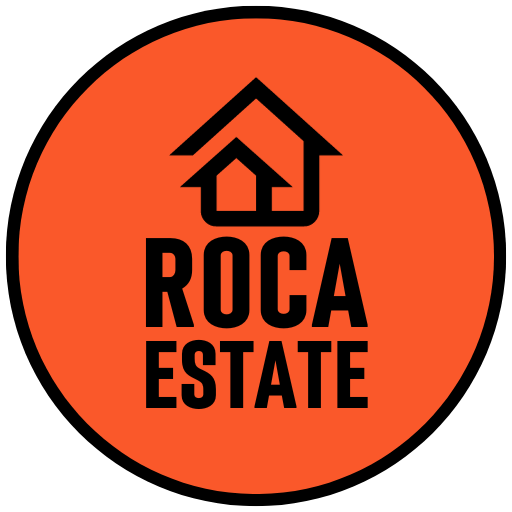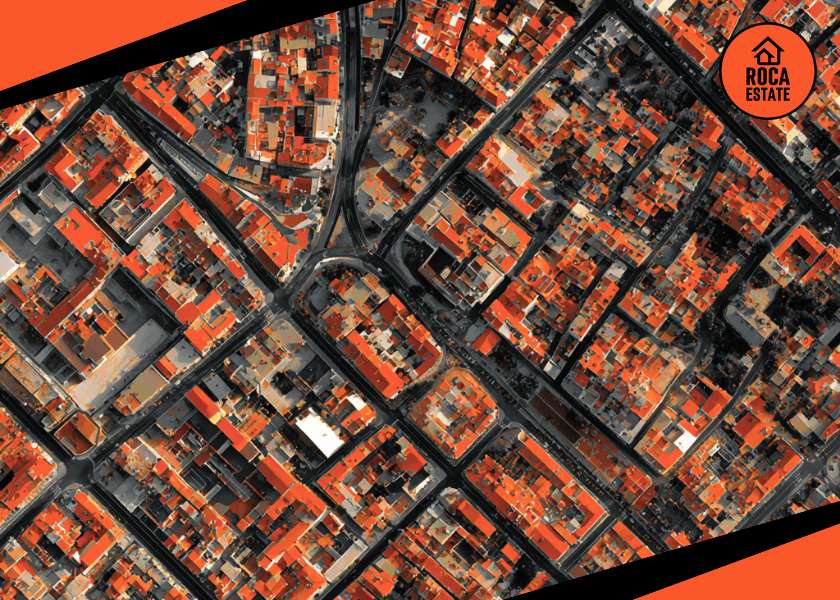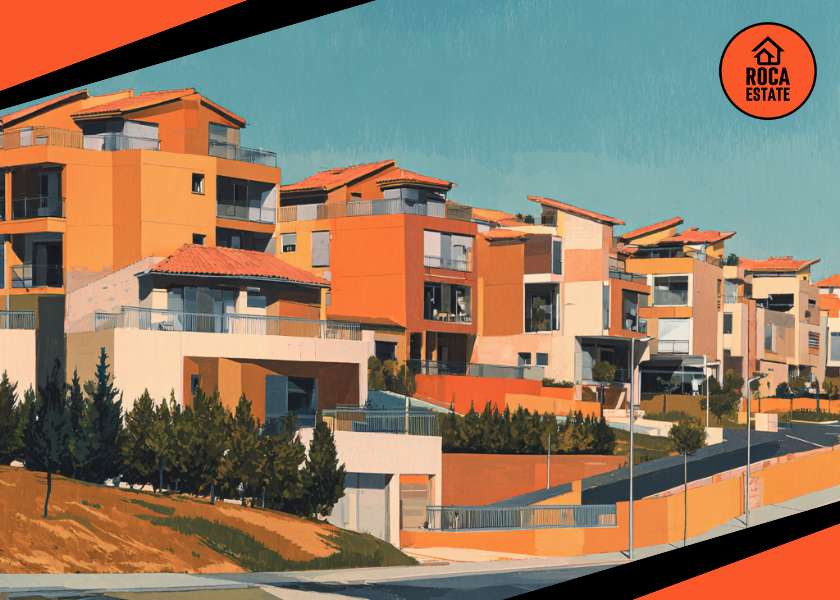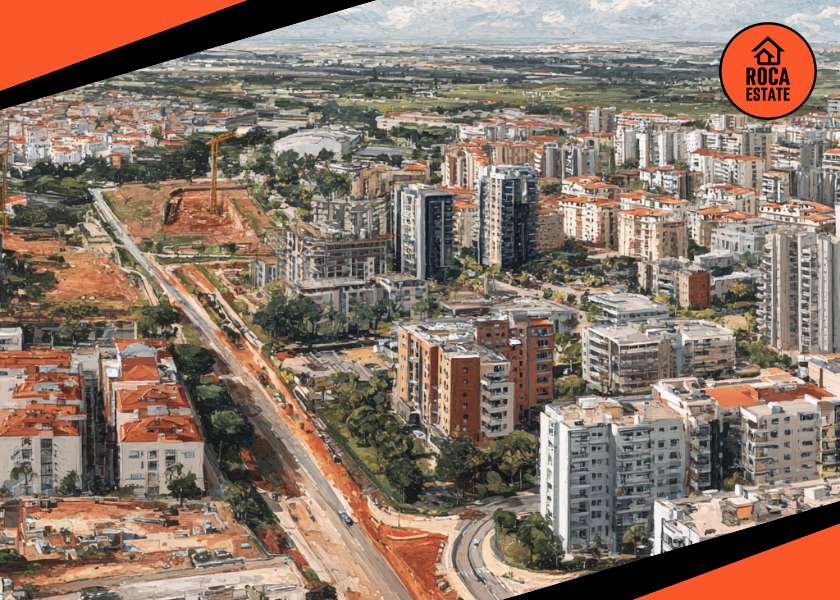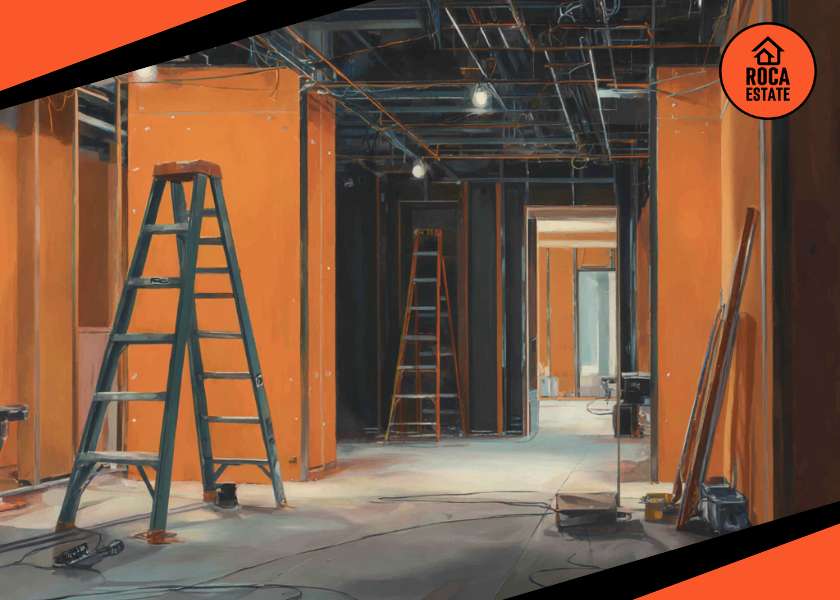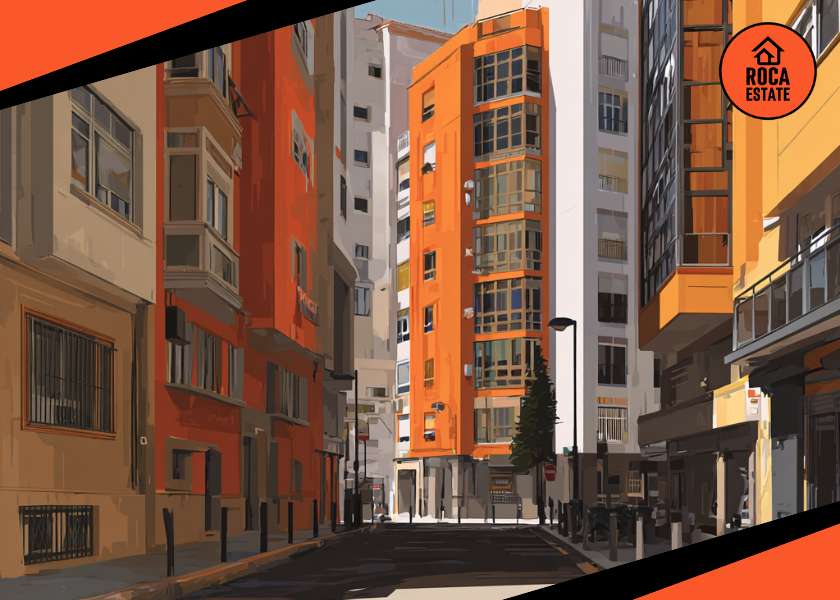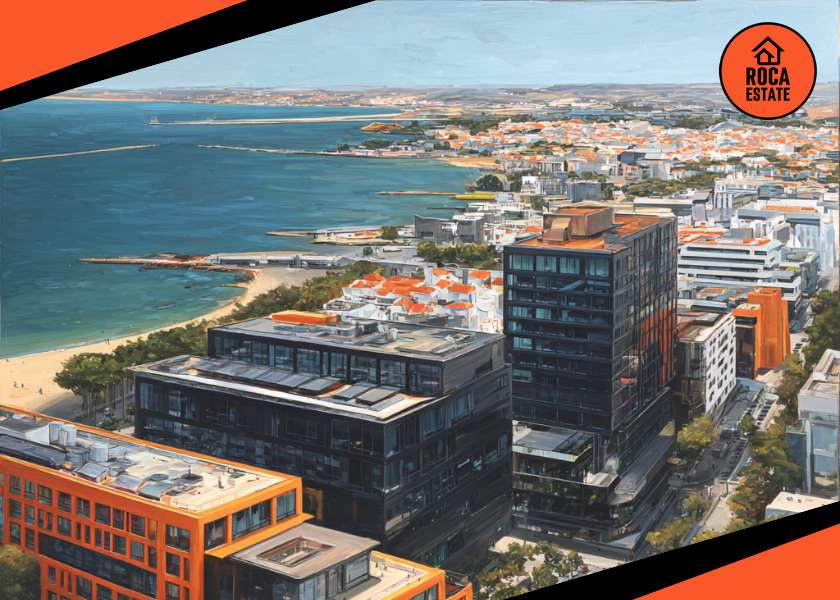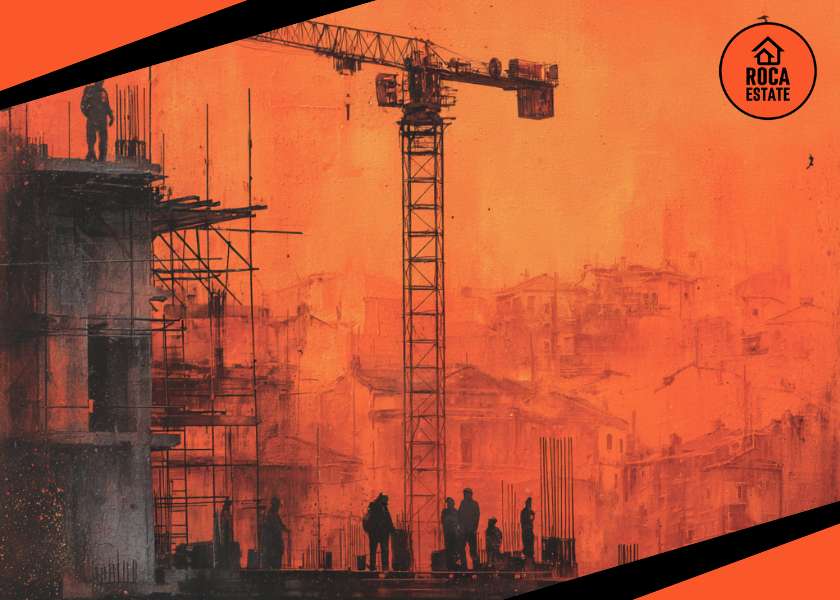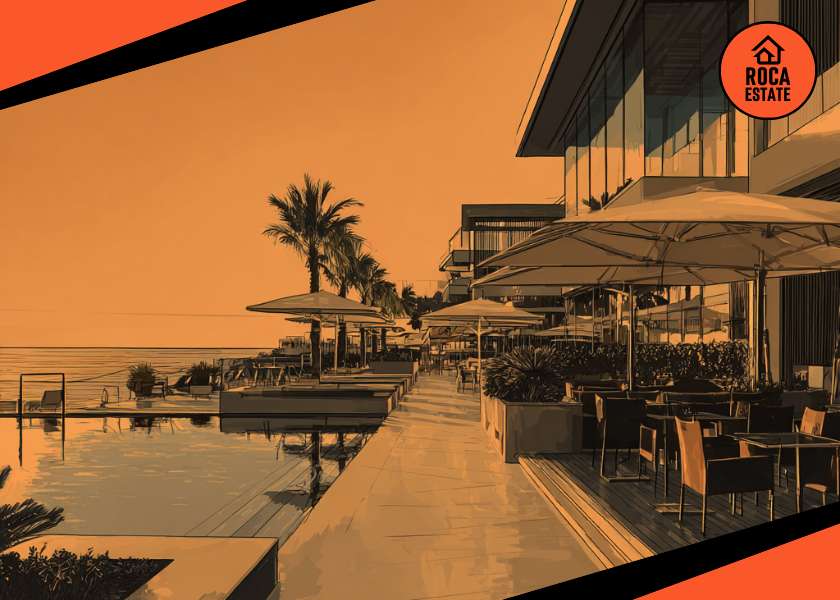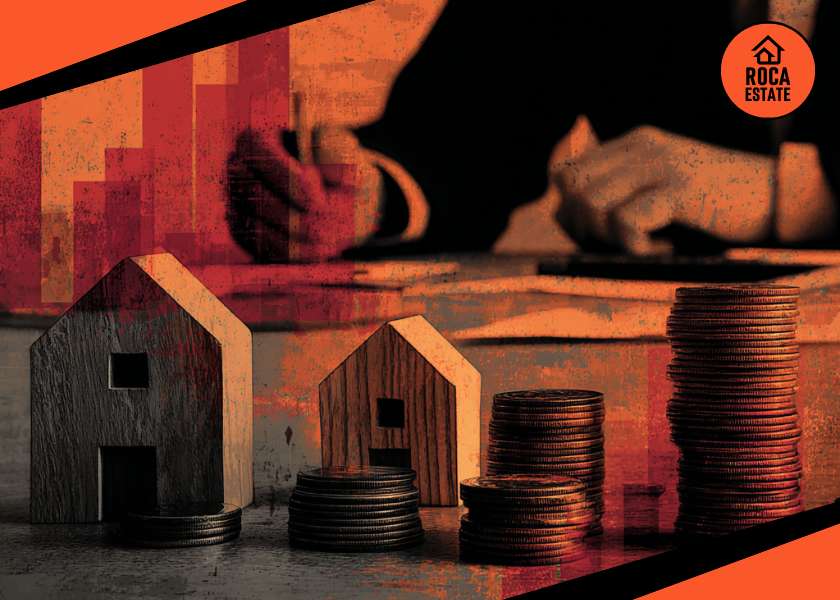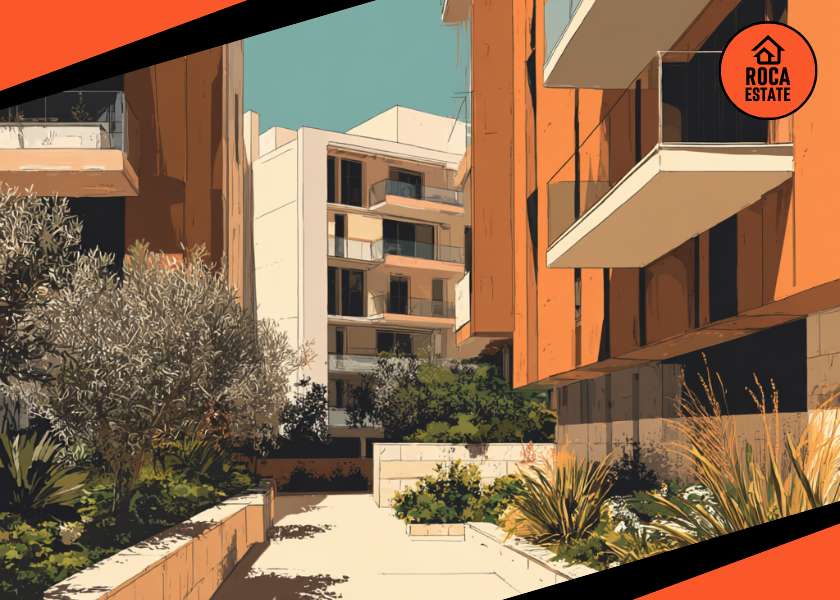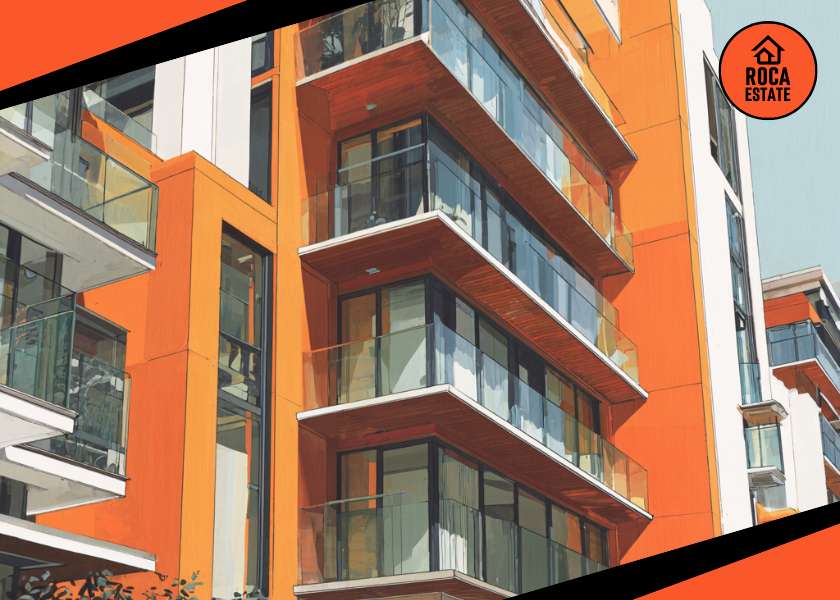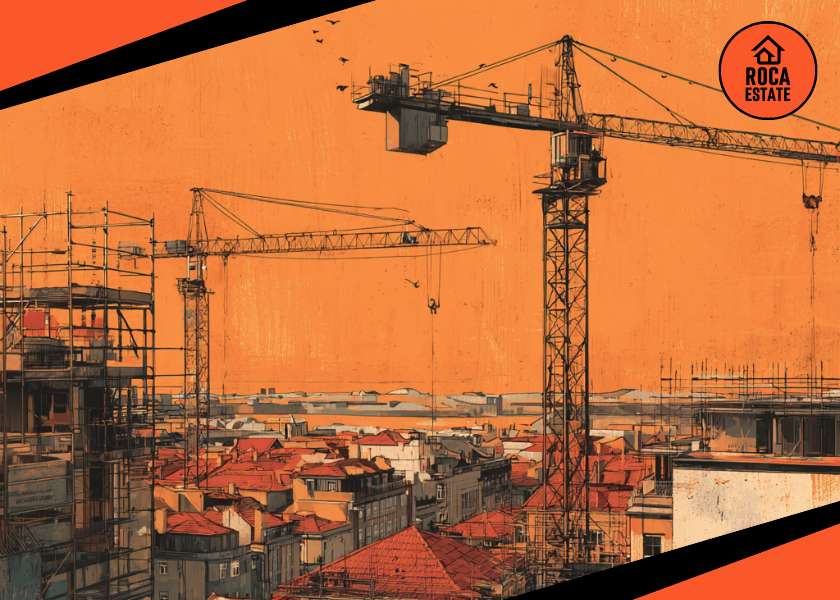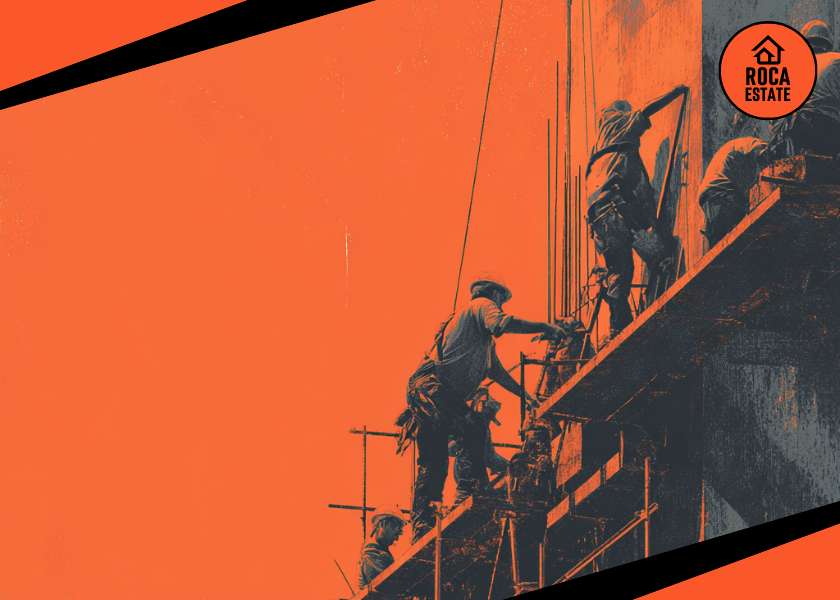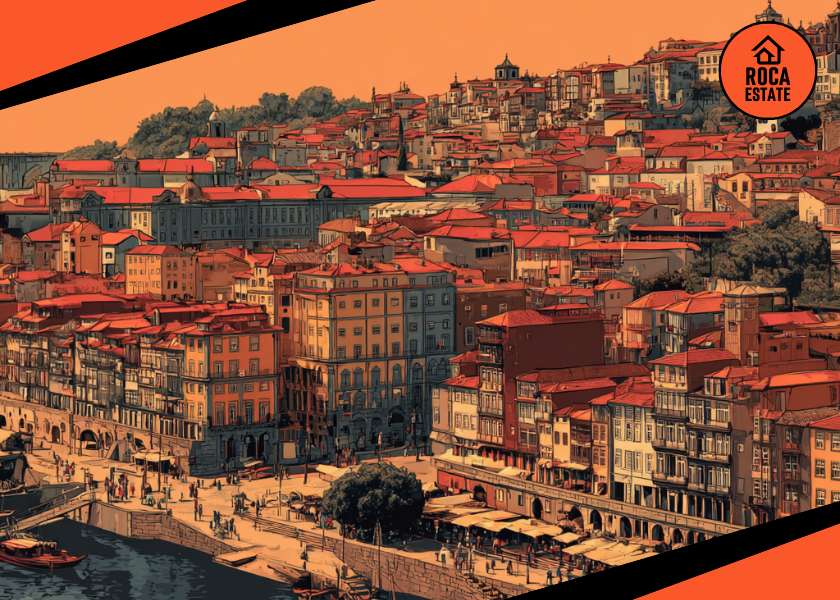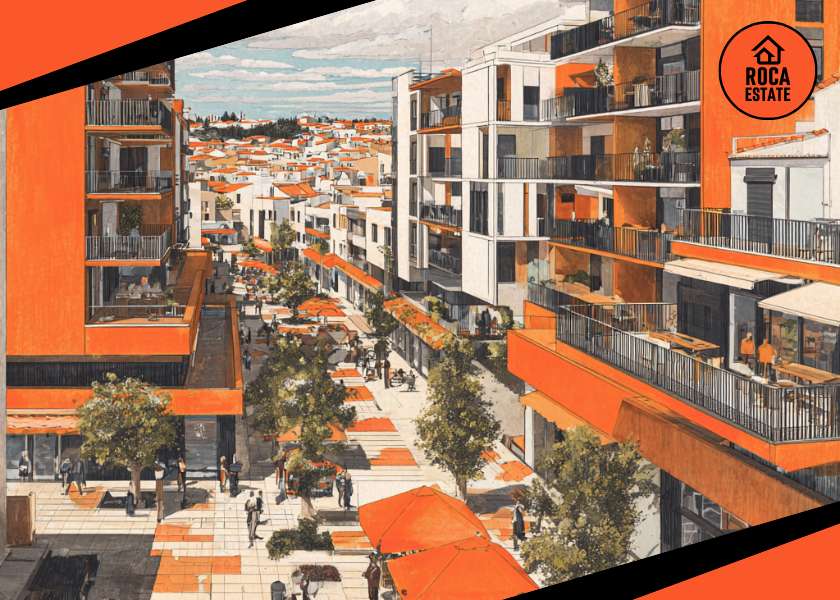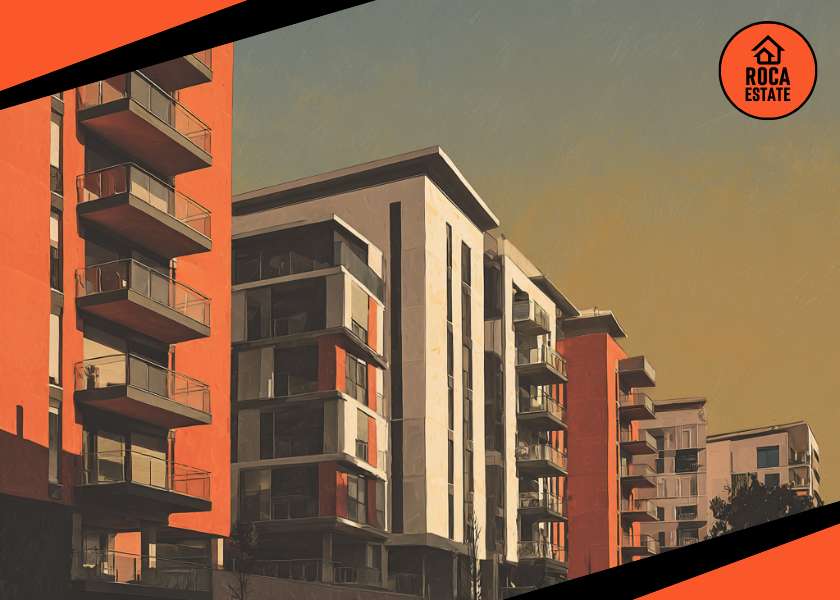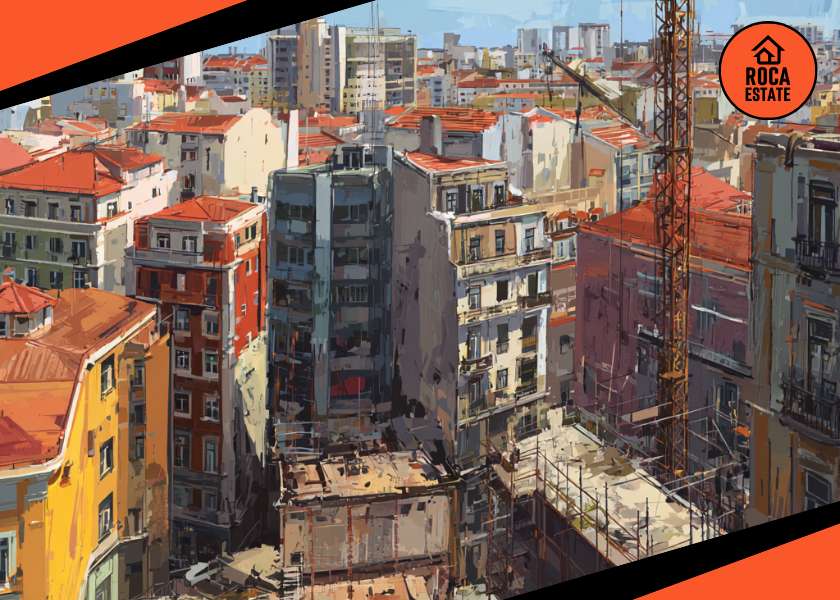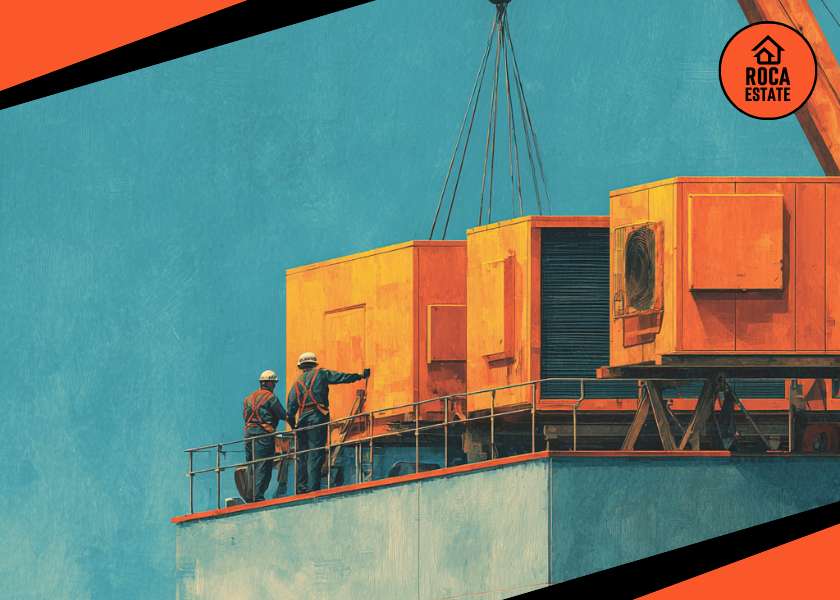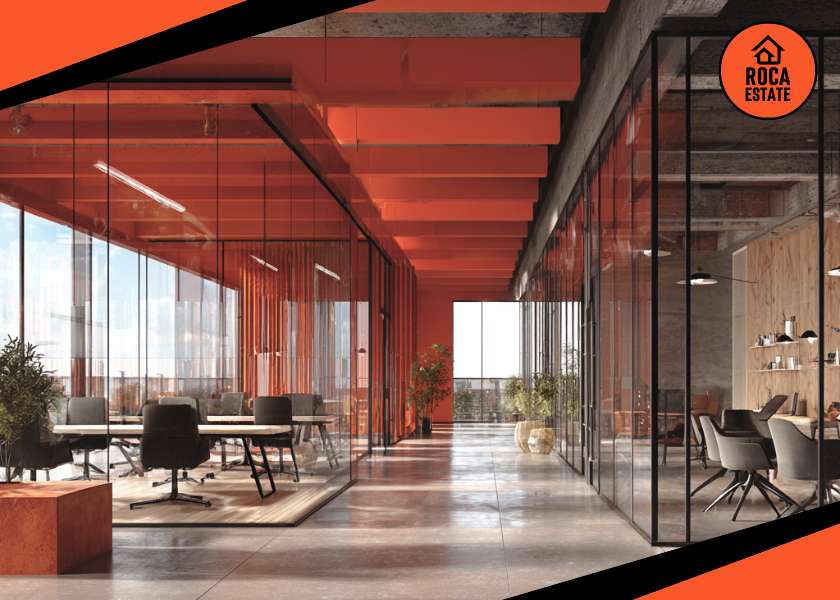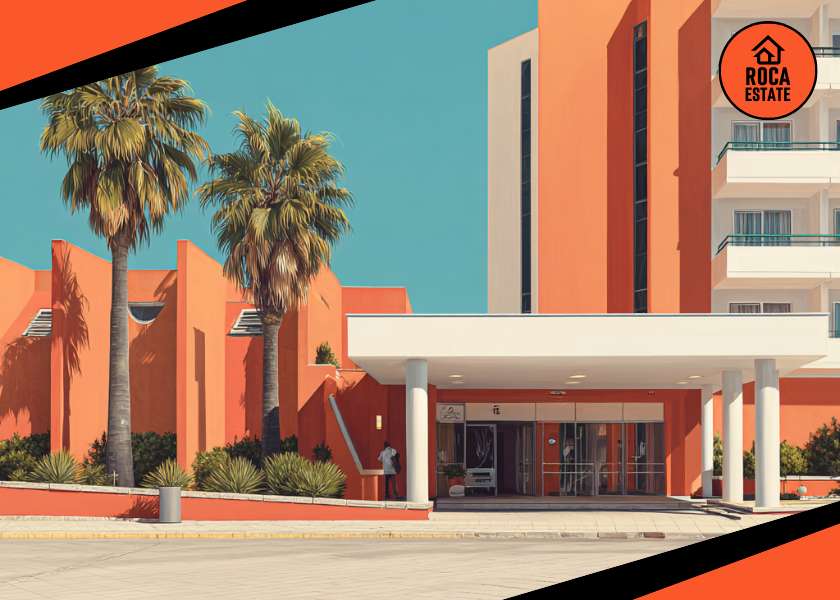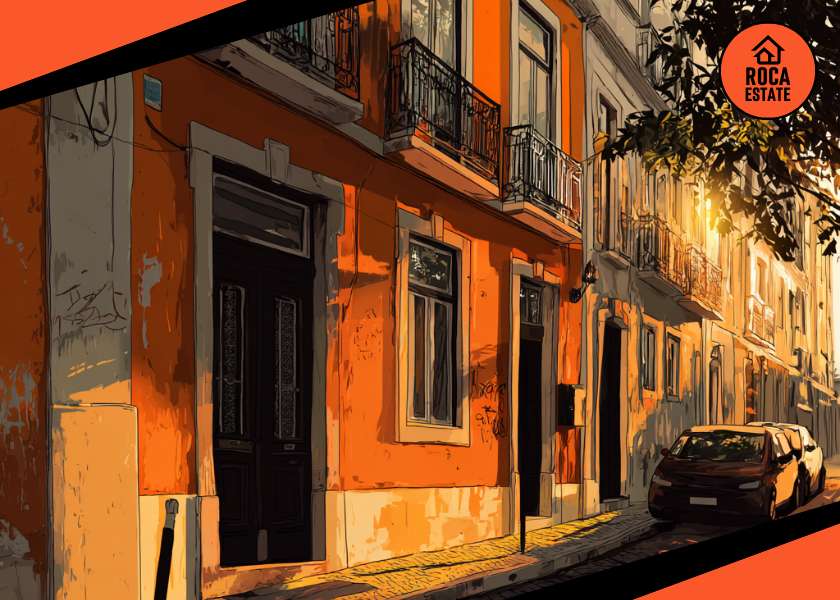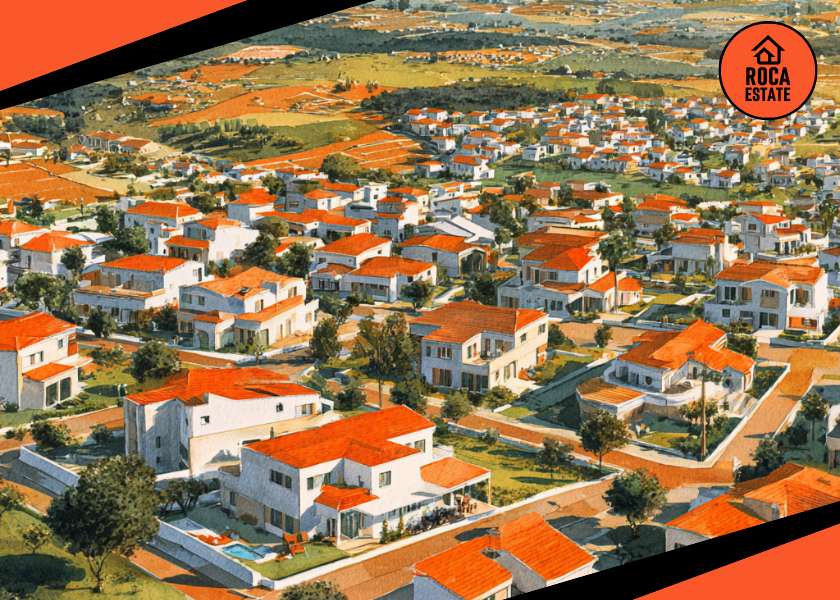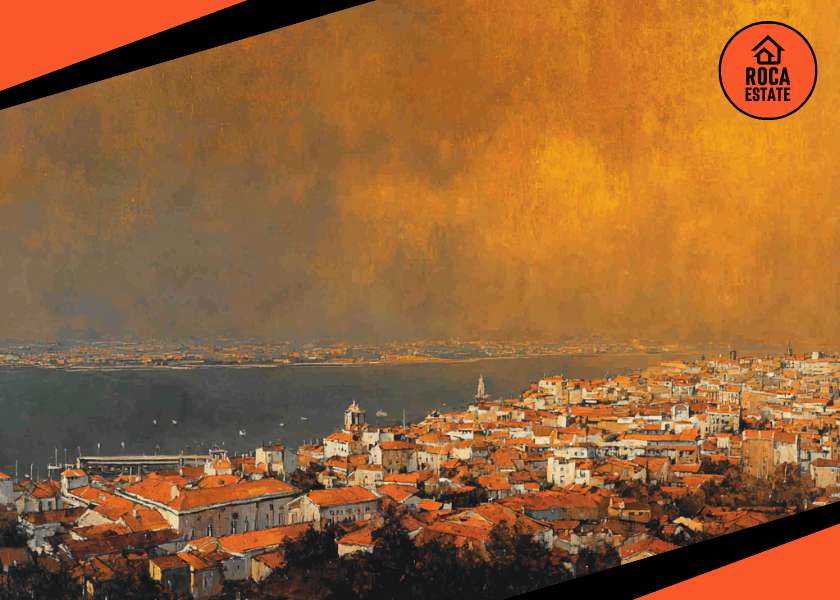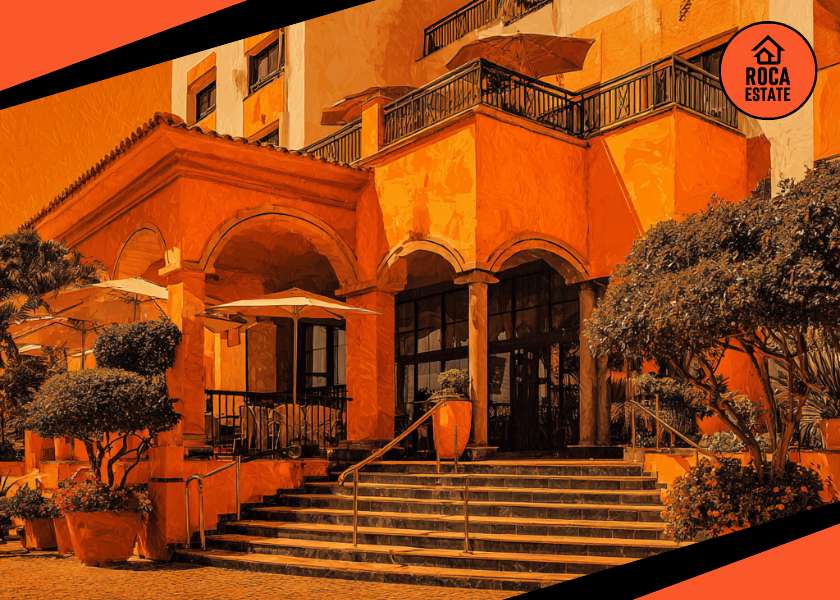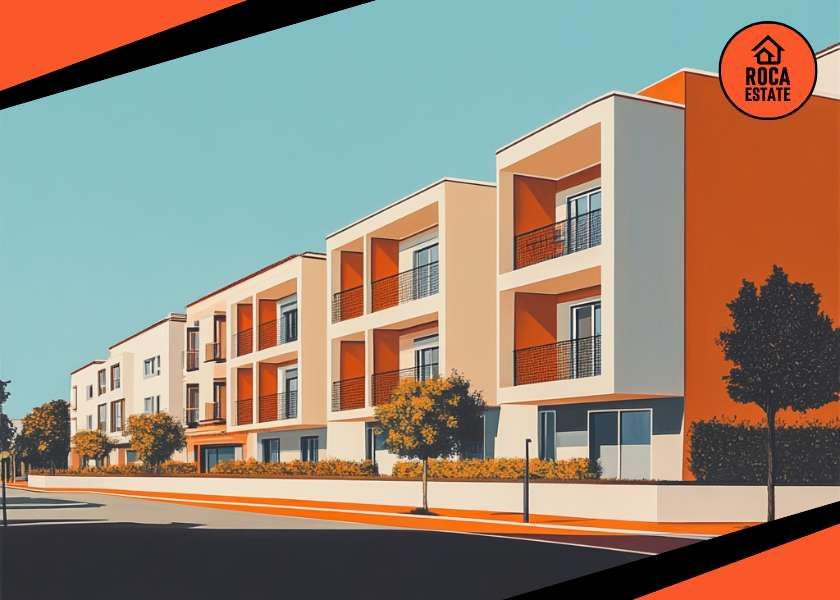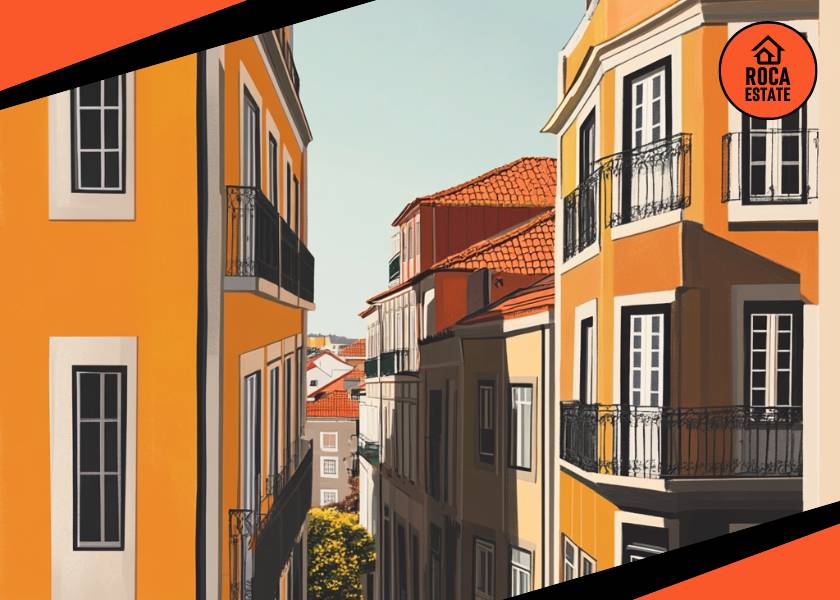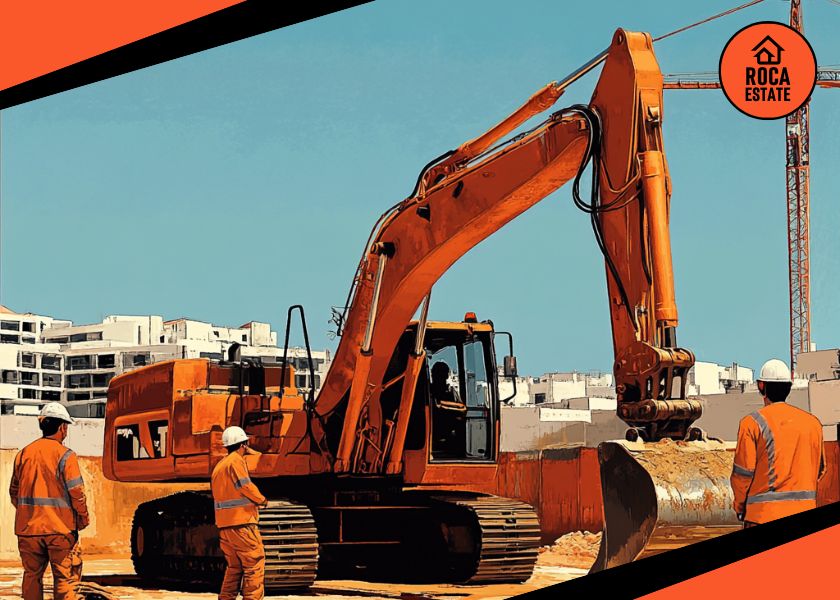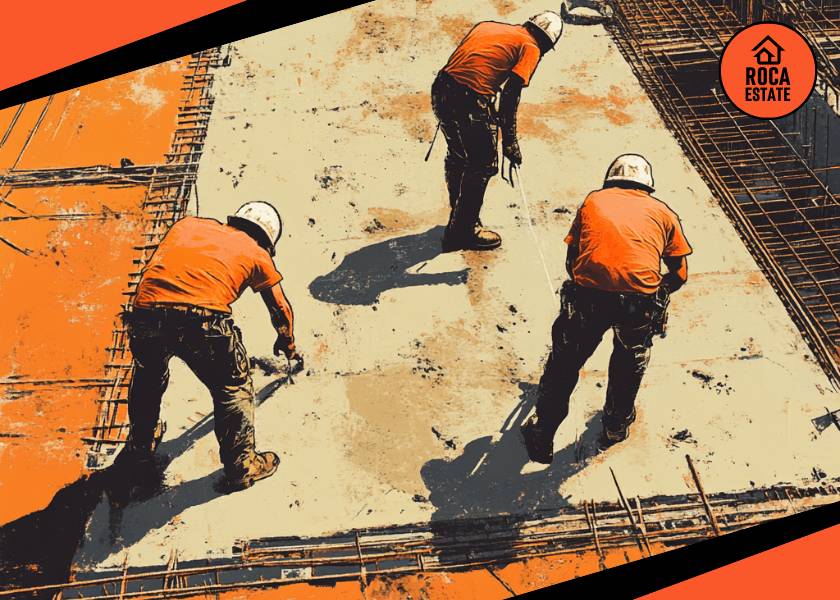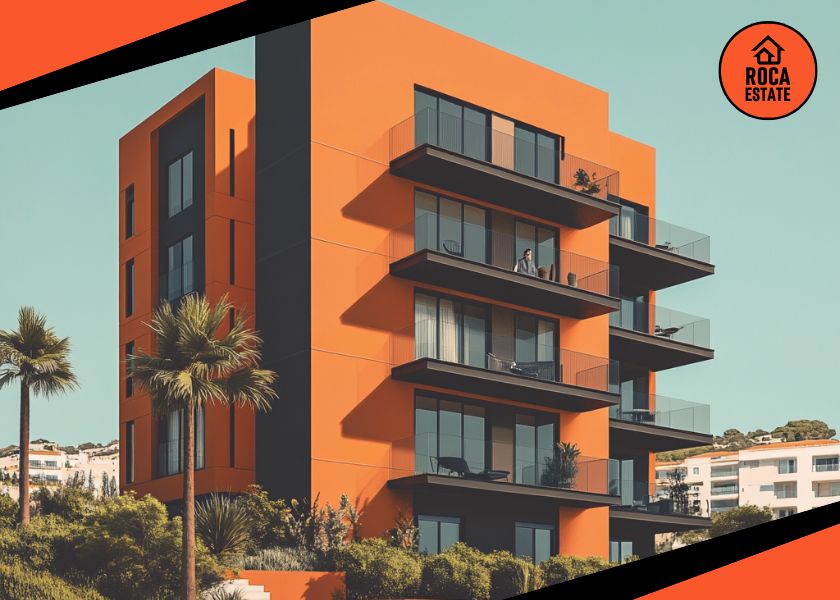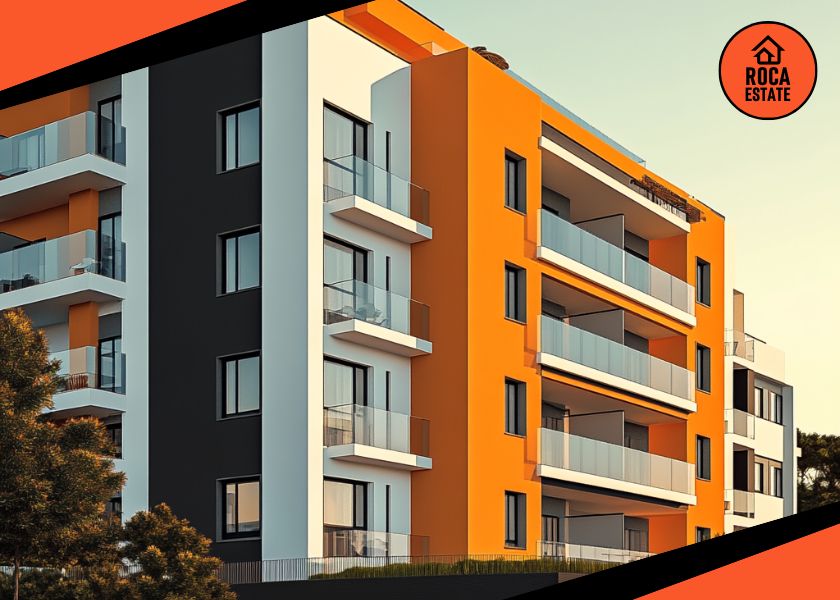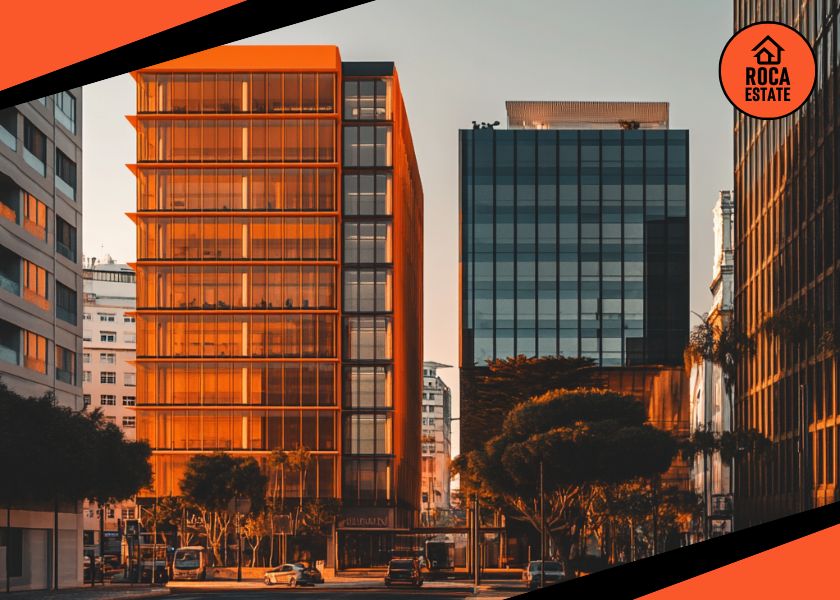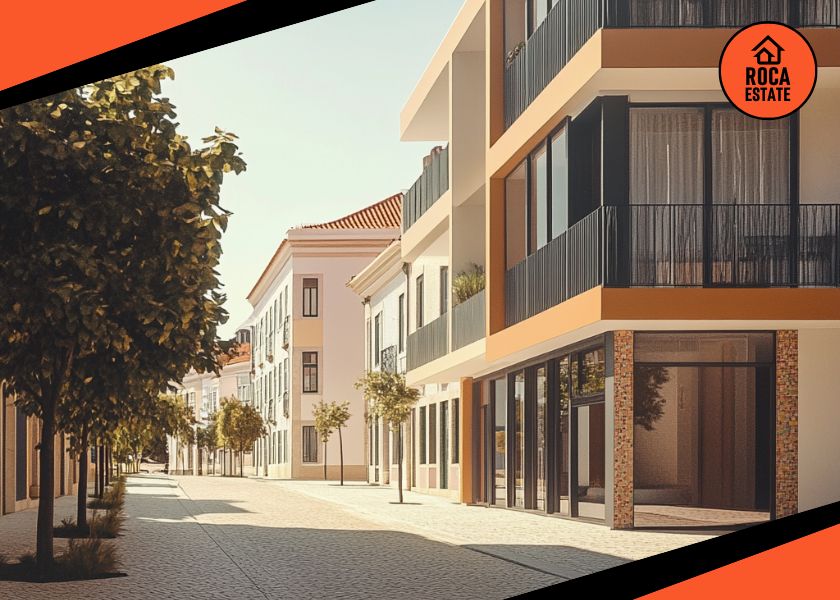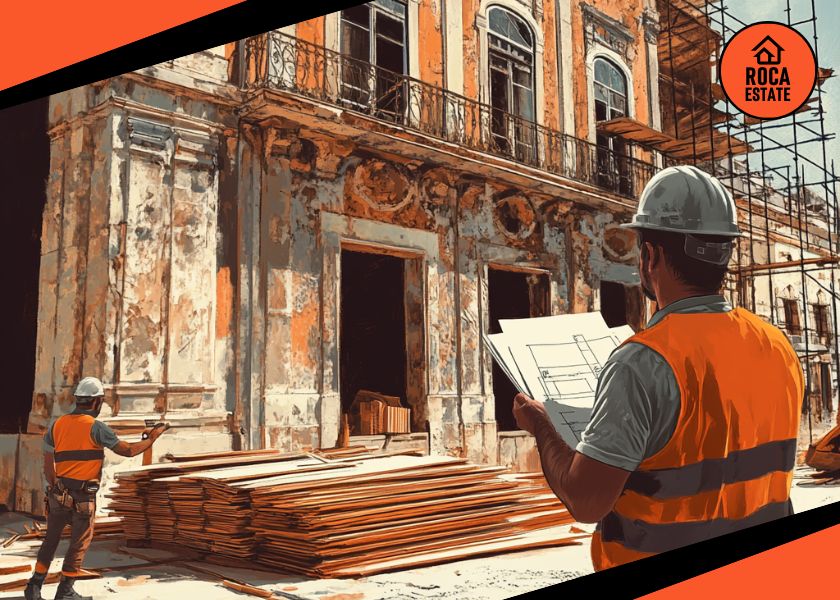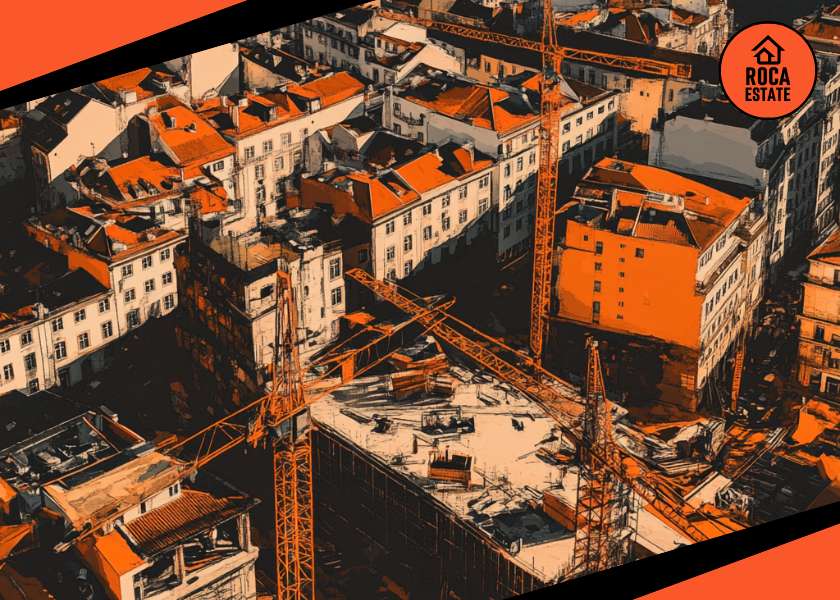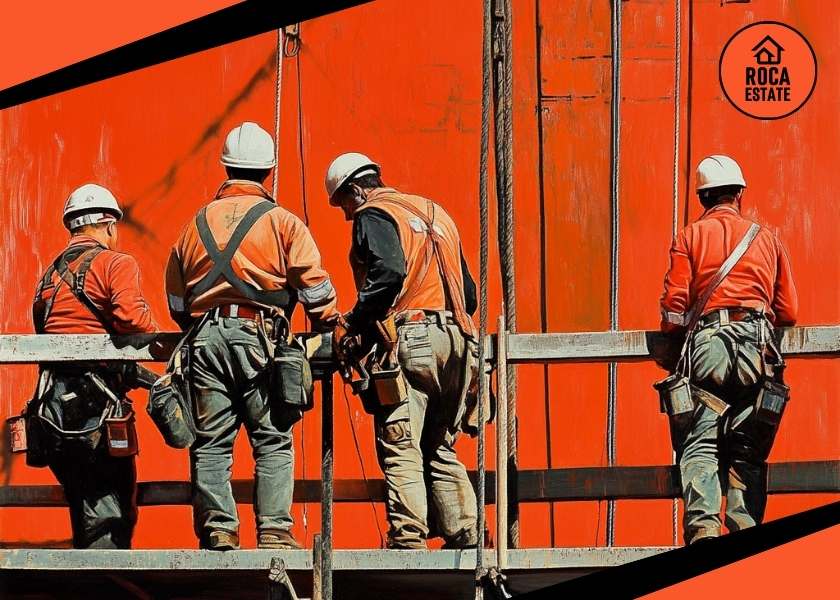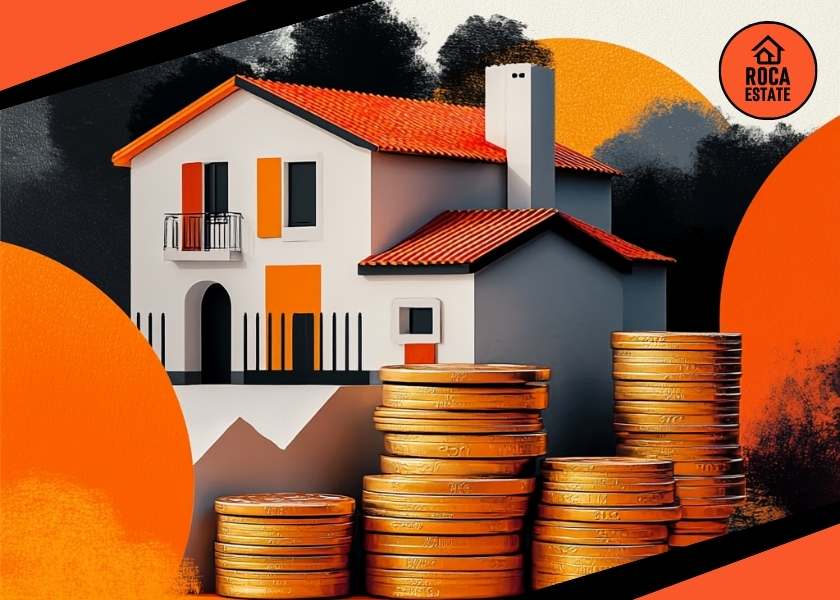According to the latest data from INE, Portugal real estate construction cost trends continued to climb in September 2025, with the Construction Cost Index for New Housing (ICCHN) recording a 4.8% year-on-year increase. This marks a notable acceleration from August’s 3.7%, driven primarily by an 8.8% surge in labor costs. Material prices also rose by 1.4%, highlighting growing cost pressures across the construction sector. For investors evaluating when and where to invest in property in Portugal, understanding these input cost dynamics is now more critical than ever.
The ICCHN, released monthly by Portugal’s National Statistics Institute (INE), offers a key benchmark for assessing construction cost fluctuations. While the index is focused on residential housing, it serves as a leading indicator for broader trends affecting commercial developments. The latest figures reflect a market adjusting to persistent inflationary pressures, particularly in labor-intensive builds. For real estate investors, these shifts carry strategic implications for project planning, cost management, and overall investment timing.
Key Insights for Investors
1. Labor Is Leading the Cost Curve
The current Portugal real estate construction cost trends point to labor as the main inflationary force. Labor accounted for 4.0 percentage points of the overall 4.8% annual cost growth—more than 80% of the total impact. For commercial developers and institutional investors, this signals potential margin compression, especially in sectors with high labor input, such as office and mixed-use developments.
2. Materials Show Mixed Signals
Though the average material cost increase appears muted, the underlying construction cost dynamics in Portugal real estate reveal fragmentation. Prices for glass and ready-mixed concrete surged, while bitumen, galvanized steel sheets, and PVC piping posted 5% declines. These contradictory movements make forecasting and procurement increasingly complex, requiring closer supplier relationships and hedging strategies.
3. Monthly Rebound Reinforces Upward Pressure
After a contraction in August (-0.4%), costs rebounded by 0.8% month-over-month in September. Labor costs rose 1.5% MoM, confirming the persistent upward momentum in Portugal’s construction cost trends. This pattern reinforces the importance of integrating real-time cost tracking into project management workflows.
Strategic Implications for Real Estate Investors
The impact of Portugal real estate construction cost trends extends well beyond residential development. Rising costs affect commercial construction timelines, feasibility studies, and return projections across asset classes — from logistics hubs to retail complexes.
What Investors Should Focus On:
- Project Viability: With construction costs rising, the risk of project delays and cancellations increases, especially in thin-margin developments.
- Capital Expenditure Flexibility: Budgets should allow for fluctuation, as fixed-cost assumptions from earlier in the year may already be outdated.
- Alternative Strategies: Value-add acquisitions and renovations of existing assets may offer a more attractive entry point in the current environment.
- High-Exposure Asset Types: Investors should evaluate exposure to sectors with high labor intensity or sensitive material inputs that are subject to price volatility.
Looking Ahead: Risk, Strategy, and Opportunity
The trajectory of Portugal real estate construction cost trends suggests continued pressure into Q1 2026. While certain material prices are stabilizing, labor costs show no signs of easing, making this a strategic risk factor investors must proactively manage.
Actionable Guidance:
- Adjust Models Quarterly: Update financial models with the latest ICCHN data to ensure assumptions align with current market realities.
- Compare Regional Markets: Investigate cost differentials across Portugal to identify cities or regions with more favorable input conditions.
- Use Cost Control Tools: Lock in material prices when possible and structure contracts to manage labor cost risk over the project lifecycle.
- Monitor Regulatory Shifts: Stay alert to labor policy developments, as changes in immigration, training, or wage laws could reshape the cost landscape.
Conclusion: Adaptability Is Now a Core Competitive Advantage
The September 2025 figures confirm that Portugal real estate construction cost trends are in a sustained upswing, driven primarily by labor inflation and selective material volatility. For real estate investors, the key isn’t just awareness — it’s agility.
Those who respond strategically to cost signals, revise assumptions dynamically, and explore more resilient investment formats will be positioned to outperform in a construction market defined by higher input risk.
Looking to invest in property in Portugal with confidence and clarity? Connect with Roca Estate for expert guidance, local market insights, and tailored investment opportunities that align with your goals.
